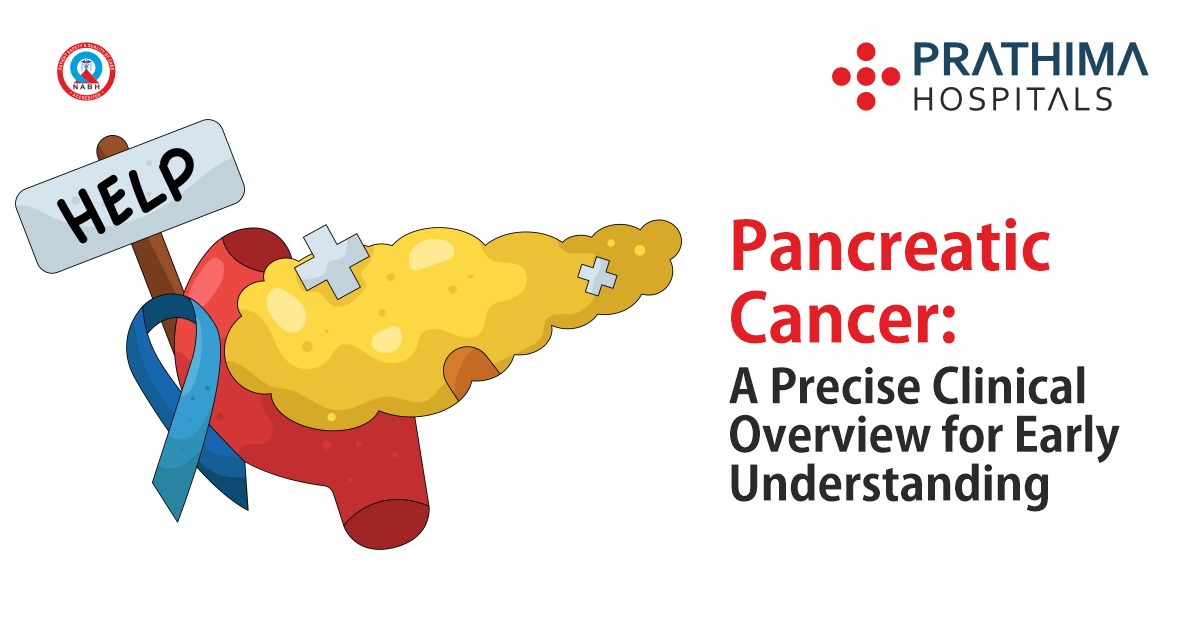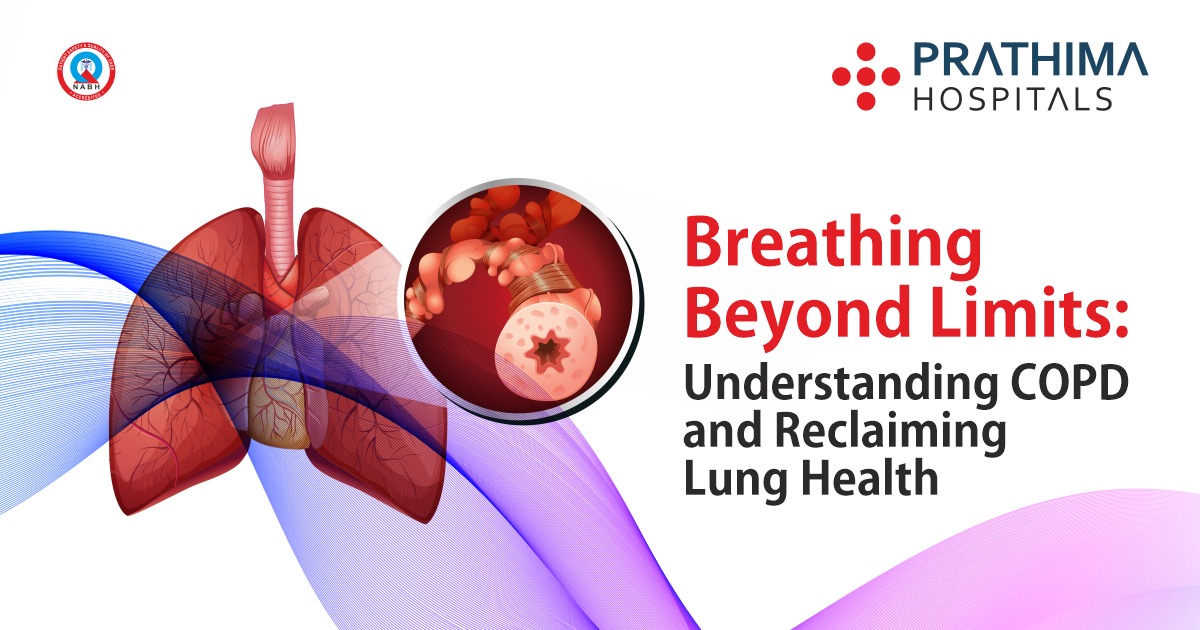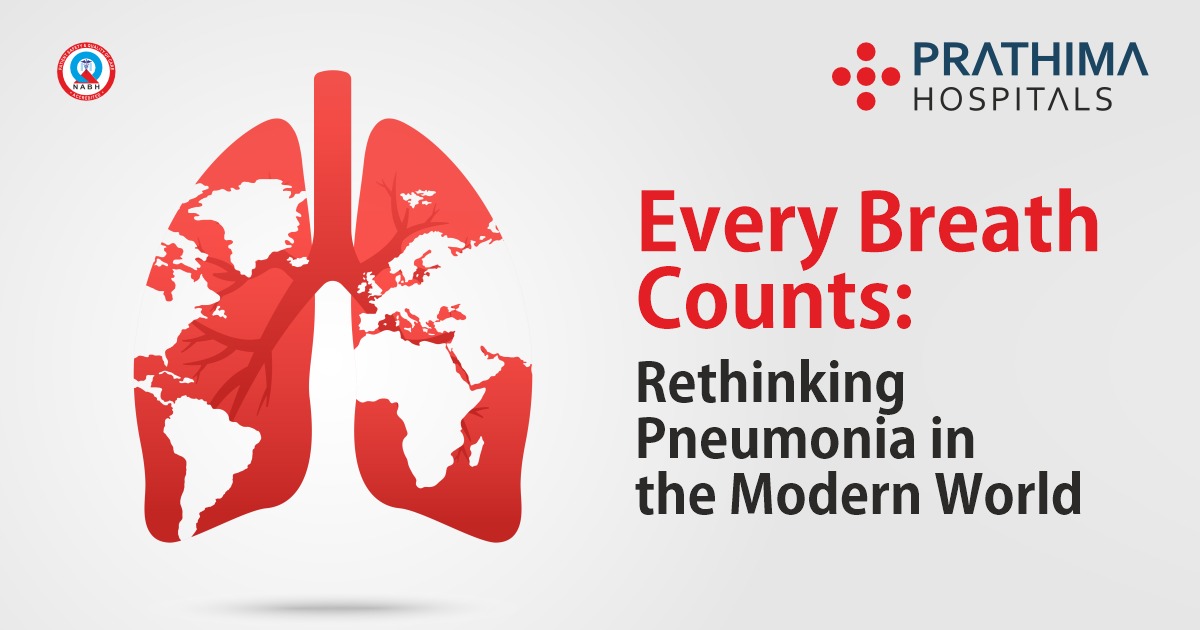Pancreatic Cancer: A Precise Clinical Overview for Early Understanding

This Pancreatic Cancer Guide highlights why Pancreatic cancer remains one of the most challenging malignancies in modern medicine due to its deep anatomical location, subtle early presentation, and biologically aggressive nature. As research advances, clinicians now recognise several early metabolic and structural indicators that can assist in timely detection. Leading centres, including the Best Gastro Hospital in Hyderabad, emphasise the importance of early awareness and accurate evaluation.
With guidance from specialists—such as the Best gastro specialist in Kachiguda, who are experienced in identifying early pancreatic changes—patients can receive timely assessments that significantly improve treatment planning and outcomes. Expert care, the advanced gastro care in Kachiguda, and specialised imaging support offered at the Best Hospital in Kachiguda, enable prompt diagnosis through multidisciplinary collaboration.
This blog provides a detailed, medically grounded, clinically accurate, and layman-friendly explanation of pancreatic cancer, its mechanism, symptoms, diagnostic pathways, and current treatment approaches, presented in a clear, objective manner.
The Pancreas: Structure and Essential Functions
The pancreas is a retroperitoneal organ positioned behind the stomach. It has two main functional components:
Exocrine Component
- Produces digestive enzymes (lipase, amylase, proteases)
- Delivers them into the duodenum via the pancreatic duct
- Ensures efficient breakdown of fats, proteins, and carbohydrates
Endocrine Component
- Composed of the Islets of Langerhans
- Secretes insulin, glucagon, somatostatin, and pancreatic polypeptide
- Maintains glucose homeostasis
Most pancreatic cancers arise from the exocrine portion, particularly the ductal epithelium.
How Pancreatic Cancer Develops: A Clear Medical Explanation?
Cellular Origin
Approximately 90% of pancreatic cancers are pancreatic ductal adenocarcinomas (PDAC). These originate from genetic mutations in ductal cells, often starting as microscopic precancerous lesions such as:
- PanIN (Pancreatic Intraepithelial Neoplasia)
- IPMN (Intraductal Papillary Mucinous Neoplasm)
- MCN (Mucinous Cystic Neoplasm)
Genetic Pathways
Common mutations include:
- KRAS (the earliest and most frequent driver mutation)
- TP53 (tumour suppressor gene alteration)
- CDKN2A
- SMAD4
These mutations accumulate over the years before a tumour becomes clinically detectable.
Biological Behaviour
Pancreatic cancer is known for:
- Rapid local invasion
- Perineural spread
- Early lymphatic involvement
- Tendency to metastasize to the liver and peritoneum
This explains why early diagnosis is difficult, and outcomes depend on timely detection by experts at centres the Best Gastro Hospital in Hyderabad.
Risk Factors: A Clinically Validated List
Established Risk Factors
- Smoking (the strongest modifiable risk factor)
- Chronic pancreatitis
- Obesity and high-fat diet
- Long-standing diabetes mellitus
- Increasing age
- Heavy alcohol intake
- Family history of pancreatic cancer
- Genetic syndromes: BRCA1/2, PALB2, Lynch syndrome, Peutz-Jeghers syndrome
Emerging Considerations
New-onset diabetes after age 50 is now considered an early marker and requires evaluation, especially when accompanied by weight loss.
Patients experiencing these factors should seek evaluation from a specialist such as a Gastroenterologist in Kukatpally and the Best gastro specialist in Kachiguda.
Early Symptoms: Subtle Yet Clinically Significant
Pancreatic cancer often presents with mild or non-specific symptoms. Recognising these early can assist in timely diagnosis.
Digestive-Related Symptoms
- Persistent upper abdominal discomfort
- Bloating or early satiety
- Unexplained loss of appetite
- Steatorrhoea (fatty stools) due to enzyme insufficiency
Metabolic Indicators
- Sudden onset of diabetes
- Worsening glycaemic control in previously stable diabetics
- Unintentional weight loss
Obstructive Manifestations
- Jaundice (yellowing of skin/eyes)
- Dark urine
- Pale stools
These indicate obstruction of the common bile duct, commonly seen in tumours of the pancreatic head.
Systemic Symptoms
- Fatigue
- Declining energy levels
- Persistent back pain (due to tumour spread to nerves)
No single symptom confirms the disease, but a cluster of new, persistent symptoms should prompt evaluation.
A cluster of these persistent symptoms should prompt immediate evaluation at the Best Hospital in Kachiguda or Best Hospital in Kukatpally, where gastro specialists are available.
Diagnostic Approach: Step-by-Step Medical Pathway
A structured diagnostic pathway improves accuracy.
Initial Evaluation
- Complete history and physical examination
- Assessment of metabolic changes (diabetes, weight loss)
- Laboratory evaluation (bilirubin, liver enzymes, CA 19-9)
Imaging Studies
Contrast-Enhanced Pancreatic Protocol
CT Scan
Primary imaging tool
Assesses tumour size, vascular involvement, operability
MRI and MRCP
Better characterisation of ducts and cystic lesions
Useful when CT findings are equivocal
Endoscopic Ultrasound (EUS)
High-resolution evaluation
Enables fine-needle aspiration (FNA) for cytology
PET-CT
Helps identify metastatic spread
Useful in borderline operable cases
Advanced PET – CT Scan
Tissue Diagnosis
Obtained via EUS-guided biopsy
Confirms adenocarcinoma and helps plan therapy
Staging
Based on the TNM classification:
- Resectable
- Borderline resectable
- Locally advanced
- Metastatic
The treatment strategy depends on staging.
Treatment Options: Current Medical Standards
Surgical Management
Surgery remains the only curative option when feasible.
- Whipple Procedure (Pancreaticoduodenectomy)
For tumours in the pancreatic head.
- Distal Pancreatectomy
For tumours in the body or tail.
- Total Pancreatectomy
Reserved for extensive disease; results in insulin-dependent diabetes.
Chemotherapy
Common regimens include:
- FOLFIRINOX
- Gemcitabine + nab-paclitaxel
- Adjuvant chemotherapy post-surgery
Radiation Therapy
Used in:
- Borderline resectable cases
- Locally advanced disease
- Local pain control
Targeted & Precision Medicine
For mutation-driven cases:
- BRCA-related cancers may benefit from PARP inhibitors
- MSI-high tumours respond to immunotherapy
Supportive Care
- Pancreatic enzyme replacement
- Pain management
- Nutritional counselling
- Glycaemic control
- Management of jaundice via stents
- Prevention and Early Identification
Although not all cases can be prevented, several strategies reduce risk:
- Stop smoking
- Maintain a healthy weight
- Limit alcohol intake
- Manage chronic pancreatitis
- Monitor new-onset diabetes in middle age
- Genetic counselling for high-risk families
- Regular surveillance for individuals with known genetic mutations or a strong family history
- Early detection remains the most effective tool for improving outcomes.
High-risk individuals should undergo regular surveillance at facilities like the Best Gastro Hospital in Hyderabad.
Current Advancements in Research
Recent progress includes:
- Development of blood-based biomarkers beyond CA 19-9
- Improved imaging resolution
- Earlier identification of high-risk cystic lesions
- Research on tumour microenvironment and stromal biology
- Trials evaluating vaccines targeting pancreatic cancer cells
- Studies on early metabolic signatures associated with tumour presence
These advancements aim to shift diagnosis earlier in the disease timeline.
Clear Awareness, Early Evaluation, Better Outcomes
Pancreatic cancer is challenging, not because it always presents late, but because early signs are frequently overlooked. A medically informed understanding, recognising metabolic shifts, persistent digestive symptoms, unexplained weight loss, and abrupt diabetes, can guide individuals to seek timely care. With modern diagnostic tools and multidisciplinary treatment at Best Gastro Hospital in Hyderabad, patients can experience improved outcomes.
Awareness driven by accurate, clinically grounded information remains the strongest strategy for detecting pancreatic cancer. Consulting specialists at the Best gastro specialist in Kachiguda, Gastroenterologist in Kukatpally, visiting the Best Hospital in Kachiguda, and Best Hospital in Kukatpally ensures early detection, expert evaluation, and comprehensive treatment support.
.
.
For More Details:
📞 733 733 6600 | 040 4345 4345
🌐 https://prathimahospitals.com/book-appointment/





